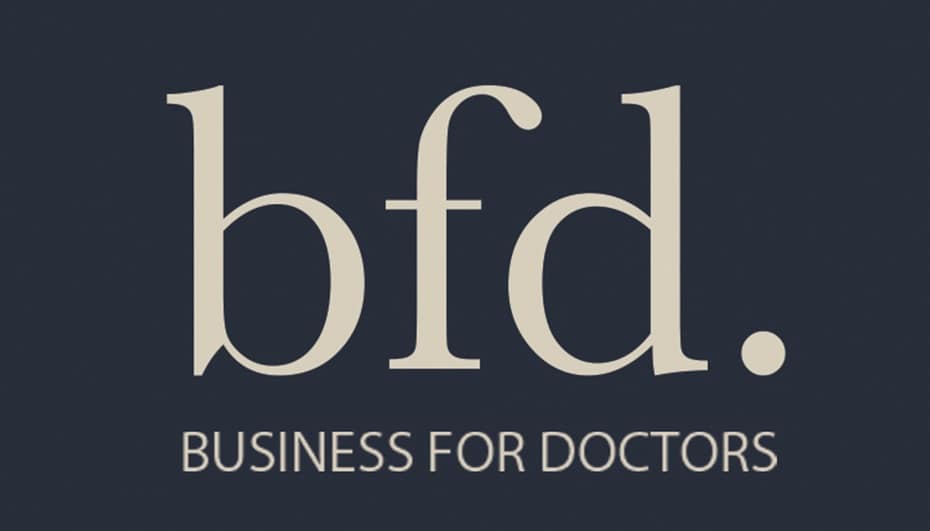
Many health professionals lack an understanding of the banking industry. Terms like ‘LVR’ are a mystery. As a result applications for finance become frustrating due to the paperwork and information that is required. The various loans, deposits, interest rates and options that cloud the path to approval can also cause confusion.
During the Global Financial Crisis (GFC), an excess of over-leveraged properties resulted in major losses to both investors and banks. Since then, there has been a major overhaul of the banking industry. Banks have a legal responsibility both in lending to appropriate customers and in managing their own risks when doing so. Governments are attempting to enforce these responsibilities within the banking sector.
LVR and other concepts
- LVR: the amount of contribution by a bank. An 80% LVR means the bank will loan only 80% of the value of the asset so the borrower must have a 20% deposit to meet the shortfall. A 95% LVR loan means the borrower needs only a 5% deposit.
- Leverage ratio: a banking term which describes the ratio of asset value to bank borrowing power from other banks and institutions. If a bank has a 10% leverage figure, a bank asset worth $100,000 can support a million dollars’ worth of lending. The extra money is borrowed from other financial institutions.
- Secured lending: lending which is made against an asset with value, such as property. In the event of default, the bank can seize the asset and sell it to pay-off the loan and any associated costs.
- Unsecured lending: lending which is made without security. Credit cards are the most common unsecured lending.
- Risk: in banking terms, the gamble the bank is taking against recovering its funds in the event of default on the loan. Secured lending is traditionally lower-risk, as there is an asset to sell. Unsecured lending is higher-risk. Interest rates, fees and bank charges reflect the level of risk to the bank. Those customers with higher risk will have higher costs.
Secured and unsecured lending
Banks are regulated to allow for a percentage of unsecured and secured lending. Mortgages, as secured debts, have been typically seen as a 50% risk. In other words, the bank only calculates 50% of the debt as being at risk of default, whereas unsecured lending is 100% risk. The bank then can use the assets it has secured under mortgage as leverage to borrow extra money for other purposes.
In simple terms the property that is securing a housing loan, is also securing the bank’s borrowings for other loans such as unsecured loans. With property only having a 50% risk, the leverage from property for the bank is twice that of other assets such as vehicles.
Property financed at 50% risk doubles the bank’s capacity to borrow. A $1 million property means the bank can secure $2 million in lending, part of which it can use for whatever other lending it wants. In 2004 the risk of property lending was reduced to 35%. This gave banks greater leverage to borrow against customers’ properties, which they used, and this is when the market started to founder.
When risk weighting fell to 15% (from 30%) the banks were using $1.50 in assets to support a $100 loan. The advantage of the reduced risk weighting allowed the bank to provide larger loans. They did this with smaller deposits against secured assets, and hence the 95% LVR or 100% loans that flooded the market.
History of the Changes to Leverage
In October 2015 the Reserve Bank of Australia performed a financial stability review. New criteria were introduced as of July 2016. Recommendations resulted in a tightening of the serviceability criteria. Banks would be required to calculate a 2.25% interest rate increase into the serviceability of a loan prior to approval. This meant that the customer needs an income to support an interest rate 2.25% higher than the market rates at the time the loan is agreed. At present, a base service interest rate of 7.25% is used instead of current rates.
Living expenses are now highly scrutinized to avoid overestimating a customer’s cash flow. Investment loans have been hardest hit. Banks now buffer all the potential customers’ current loans no matter how old. Serviceability of all borrowings, old and new, is examined. This results in a downturn in acceptable investment loans, and in some cases the negative gearing of loans is not taken into account. Interest rates for investment loans were also increased. Maximum LVRs have been lowered to cap higher risks loans in certain locations such as mining communities and some regional areas.
How this Effects Borrowing for Doctors
Banks now have greater accountability for their lending and LVRs are calculated accordingly. Thankfully the customer base of medical professionals were not the main source of problems during the GFC. As such we are still able to obtain a 90% LVR without mortgagee insurance with most banks. This allows us to take better advantage of negative gearing. As medical professionals fall into higher tax brackets, this is a key factor in property investment.
The banks recognise that lending to health professionals is not only a lower risk, but also good for business.
http://www.rba.gov.au/publications/fsr/2015/oct/pdf/aus-fin-sys.pdf



